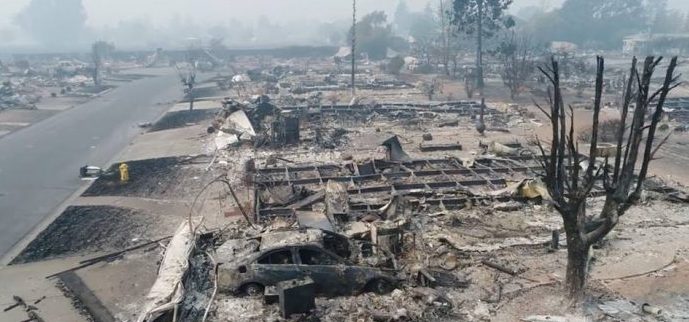Five Years Strong: Knowledge Building through Data
Numbers can tell incredible stories. They can tell you how an organization is faring. They can tell you how hot or cold it is. They can tell you how many people have been affected in a disaster. They can even tell you how many steps you have taken on a given day. In the case […]


Numbers can tell incredible stories. They can tell you how an organization is faring. They can tell you how hot or cold it is. They can tell you how many people have been affected in a disaster. They can even tell you how many steps you have taken on a given day. In the case of the Measuring the State of Disaster Philanthropy report, published annually by the Center for Disaster Philanthropy (CDP) and in partnership with Foundation Center, numbers can tell us how dollars are used to support disasters.
Numbers can also tell of a long-term commitment to fostering a deeper understanding of disaster philanthropy. The Irene W. and C.B. Pennington Foundation and the Conrad N. Hilton Foundation have demonstrated sustained, consistent and passionate support of the Measuring the State of Disaster Philanthropy report – a model of multi-year funding and knowledge building that should be applauded.
These two funders have supported the data collection, analysis, authoring and dissemination of the report for five years. That means that we have five years’ worth of longitudinal data upon which to reflect how disaster prone or disaster-affected communities have benefited from the dollars allocated to them. And, year over year, with these two funders’ support, we have been able to bring increasingly more data to the table. We can take the numbers collected and derive more story, more analysis from them to better understand how philanthropy of all types respond to disasters. The purpose of the Measuring the State of Disaster Philanthropy report is to more accurately capture how philanthropy currently responds to disasters and encourage the philanthropy community to support the full arc of a disaster, not just the immediate humanitarian needs. Through the report we learn that 32 percent of foundation giving is allocated to ‘general’ disasters; 48 percent to natural disasters; 17 percent to complex humanitarian emergencies; and 3 percent to man-made accidents. Foundations fund several disaster assistance strategies including: resilience, risk reduction, and mitigation; preparedness; response and relief; and reconstruction and recovery. We also learn how FEMA, Organisation for Economic Cooperation and Development’s Development Assistance Committee (OECD-DAC) and non-DAC donors, and corporate and individual donors allocate their dollars to disasters. The numbers presented demonstrate, year over year, how many actors and entities are involved in supporting the full arc of disasters – from preparedness to recovery.
Bringing these numbers to light and drawing forth the importance of how, why, when and how funders give to disasters, thanks to two funders responsible for supporting the tracking of billions of dollars in funding – now that is what I call impact! On behalf of all who have the opportunity to use the report to strategically plan for and respond to disasters, my sincerest thanks to the Conrad N. Hilton Foundation and the Irene W. and C.B. Pennington Foundation.
More like this

